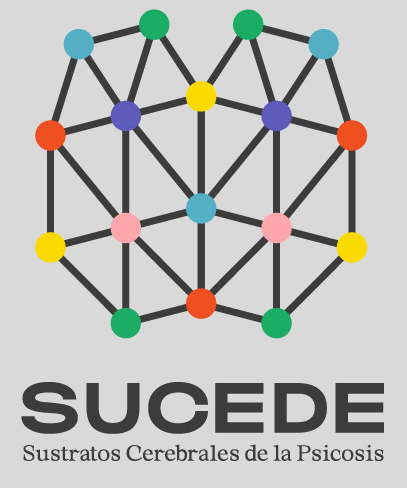LITERATURE REVIEW. Watch it on Youtube here.
Presented by Dr. Óscar Martín from Hospital Clínico Universitario de Valladolid. We analyzed the article “Understanding Cortical Dysfunction in Schizophrenia With TMS/EEG ” (Vittala A. et al,Front Neurosci. 2020 May).
The combination of Transcranial Magnetic Stimulation and Electroencephalogram ( TMS-EEG) offers a unique opportunity to directly test a variety of specific hypotheses related to cortical dysfunction in schizophrenia. It can serve to complement the knowledge obtained from other techniques such as fMRI and EEG. Using this non-invasive technique, neurophysiological correlates of cortical function, including oscillatory activity, cortical inhibitory function, as well as connectivity and synchronization between different cortical regions, can be simultaneously stimulated and measured. Different studies have shown alterations of these neurophysiological correlates in patients with schizophrenia. This review provides a summary of the different findings found in a variety of studies applying TMS/EEG to understand the fundamental features of cortical dysfunction in schizophrenia. These results lend themselves to future applications of TMS/EEG in understanding the pathophysiological mechanisms underlying cognitive deficits in schizophrenia.



